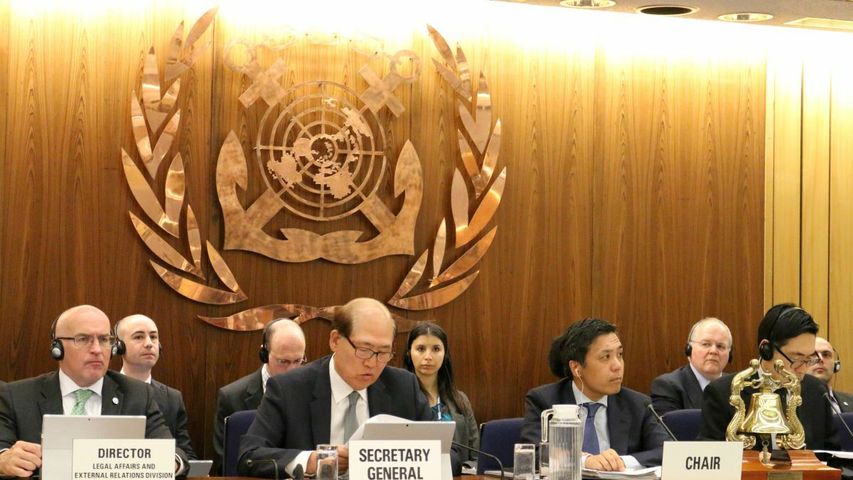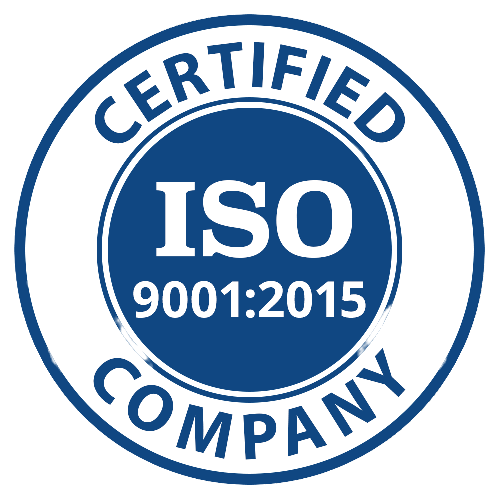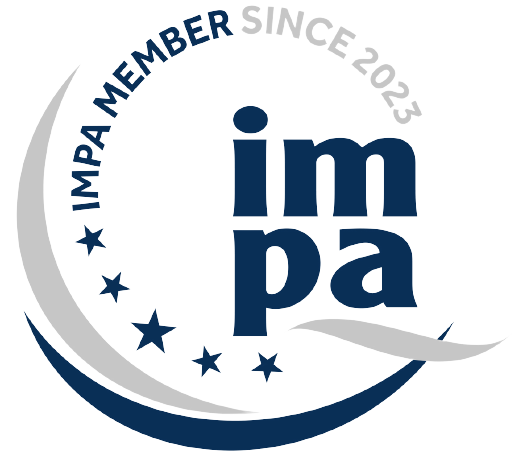Owners and operators require contingency plans for their BWTS as part of their preparations for the October IMO G8 type-approval deadline. The IMO G8 guidelines define the type-approval process for ballast water treatment systems (BWTS) under IMO legislation. The guidelines, also known as the BWMS Code, were originally formulated in 2005. In spring 2018, an amendment to the International Convention for the Management of Ballast Water and Sediments (the BWM Convention) was adopted, where installations of BWMS on or after 28 October 2020 must be type-approved based on the BWMS Code and not the earlier G8 guidelines (MEPC 174(58)). The guidelines were then revised to bring the G8 guidelines in line with the IMO D-2 performance standard. By revising the guidelines to the firmer D-2 standard, the 2016-revised G8 guidelines have moved closed to US Coast Guard (USCG) requirements, but important differences remain. The D-2 standard specifies that ships can only discharge ballast water that meets the following criteria: less than 10 viable organisms per cubic metre which are greater than or equal to 50 micrometres in minimum dimension; less than 10 viable organisms per millilitre which are between 10 micrometres and 50 micrometres in minimum dimension; less than one colony-forming unit (cfu) per 100 millilitres of Toxicogenic Vibrio cholerae; less than 250 cfu per 100 millilitres of Escherichia coli; and less than 100 cfu per 100 milliliters of Intestinal Enterococci. There is a cut-off date after which new buildings and older vessels cannot be retrofitted with BWTS that only conform to the earlier 2008 G8 standards without being penalised. That date, 28 October 2020, is looming fast. After that date, only ballast water systems conforming to the 2016 G8 guidelines will comply with IMO criteria. To put is another way, after this date BWMS approved in accordance with the earlier G8 guidelines must not be installed on board ships.” More information: Riviera Maritime




.jpg)

